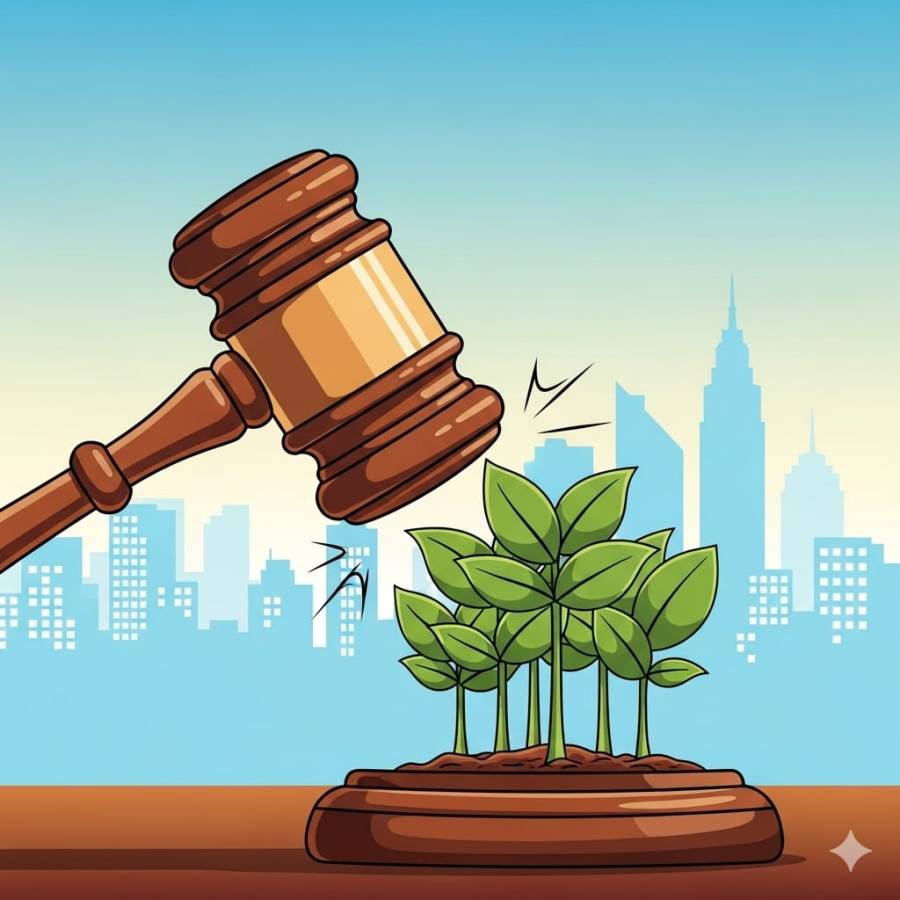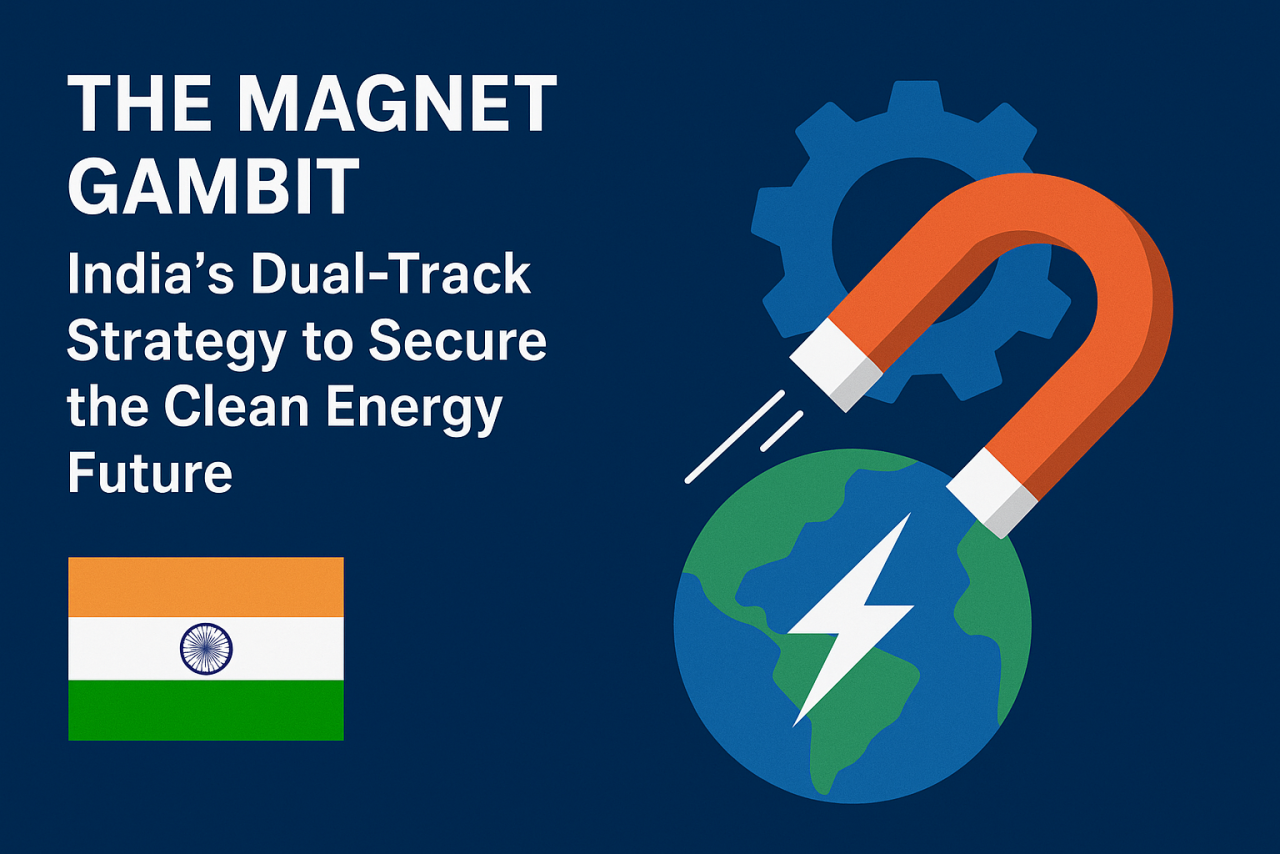
Ghaziabad and Noida, two major cities in Uttar Pradesh, have shown notable improvements in their air quality rankings under the recently concluded Swachh Vayu Survekshan 2025. Ghaziabad secured 12th place among 48 cities with populations above 10 lakh, while Noida ranked 9th among 42 cities with populations between three and 10 lakh. The results released on September 9 are part of the National Clean Air Programme run by the Ministry of Environment, Forests, and Climate Change. This survey ranks 130 cities across India based on air quality and the implementation of approved pollution control measures.
In 2024, Ghaziabad had ranked 18th in its category, while Noida was placed 6th. A year earlier, in 2023, Ghaziabad had stood at 12th and Noida at 24th. This year’s performance shows that Ghaziabad has managed to climb back to its 2023 rank after slipping in 2024, while Noida has continued to maintain a strong position compared to its earlier standing.
The rankings are based on multiple factors, including biomass and waste burning, road and construction dust, vehicular and industrial emissions, PM10 levels, and the adoption of measures such as waste management, greenbelt development, and clean fuel use.
Officials credit Ghaziabad’s improved standing to a shift by industrial units toward cleaner fuels and stricter enforcement at construction sites. According to Ankit Kumar, a regional officer of the Uttar Pradesh Pollution Control Board, water sprinkling and mechanised road sweeping are carried out regularly. These measures are not limited to the Graded Response Action Plan season but are enforced throughout the year.
The Ghaziabad municipal corporation also pointed to long-term investments in infrastructure. Around ₹131 crore was spent in the past two years on road improvements, with another ₹23 crore worth of projects currently at the tender stage. The city also planted around 250,000 trees after clearing solid waste dumps and operates 10 anti-smog guns regularly.
Noida officials cited similar efforts. Road cleaning and sprinkling have become routine, while construction sites are under constant monitoring to ensure compliance with pollution control rules. Public awareness campaigns about pollution have also contributed to better outcomes, said Ritesh Tiwari, a regional officer of UPPCB Noida.
Average annual air quality index (AQI) levels have shown gradual improvement in both cities. Ghaziabad recorded AQI levels of 206 in 2022, 181 in 2023, and 176 in 2024. Noida reported figures of 199 in 2022, 188 in 2023, and 184 in 2024. These improvements suggest that consistent efforts to reduce emissions and manage waste are having a visible impact.
Still, environmentalists remain cautious. They stress the need for more monitoring stations in the National Capital Region to ensure reliable data. Traffic jams and poor road conditions are also seen as major obstacles to cleaner air. According to Ghaziabad-based environmentalist Sushil Raghav, addressing these issues is vital for lasting change.
The latest rankings highlight that while Ghaziabad and Noida have made important strides, the challenge of air pollution remains. Continued investment, strong enforcement, and active public participation will be necessary to secure cleaner air and a healthier future for residents.





















